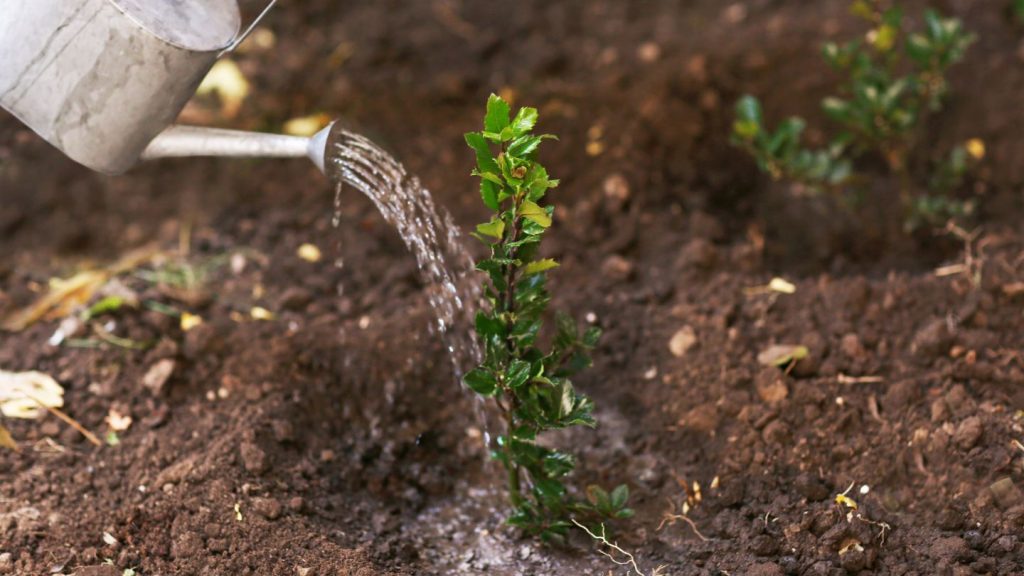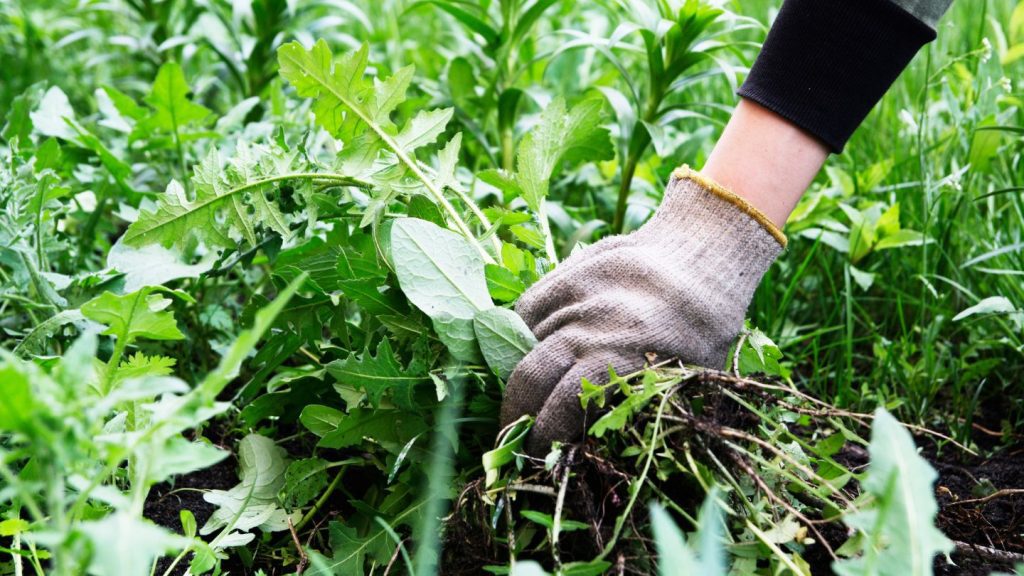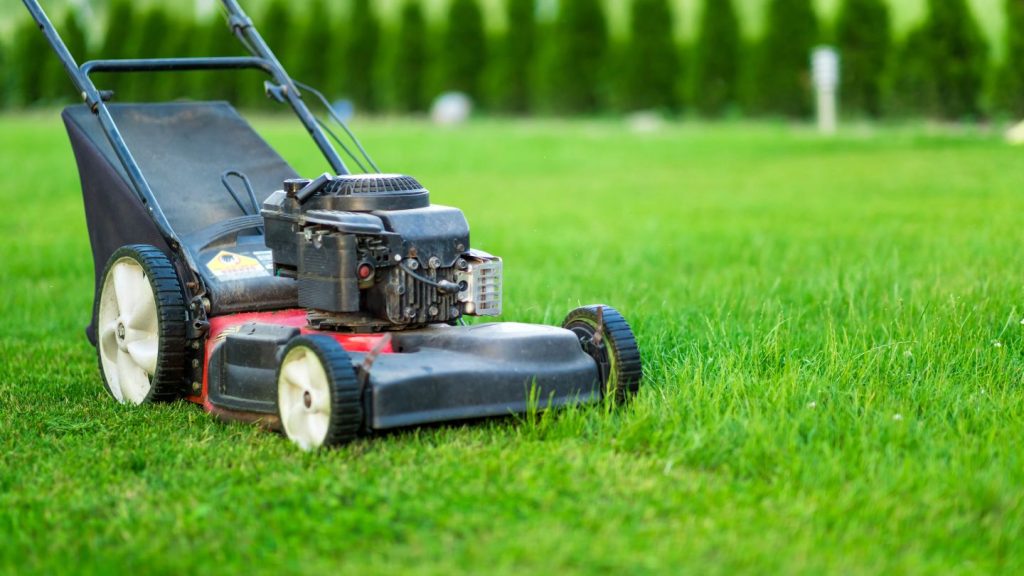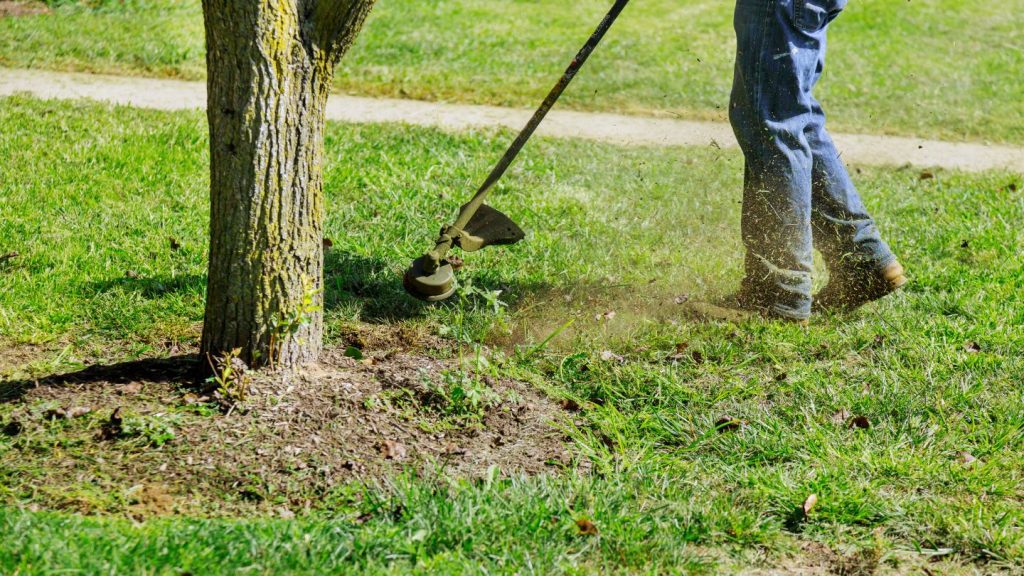Looking for tips to maintain your landscape design? This blog covers everything from soil health and plant selection to watering, pruning, weed control, and seasonal care. Follow these steps to keep your yard healthy and looking great year-round.
Key Takeaways
- Understanding your landscape’s unique needs, including soil health and local climate, is crucial for sustainable maintenance.
- Implementing effective watering techniques, such as drip irrigation and a seasonal schedule, promotes healthier plants while conserving water.
- Regular pruning, proper mowing, and seasonal cleanup are essential practices that enhance both plant health and the overall appearance of your yard.
Understanding Your Landscape Needs
Maintaining a healthy landscape requires a tailored approach, considering factors like local weather, soil composition, and suitable vegetation. Assessing these elements fosters sustainable plant growth in your environment.
Effective landscape maintenance starts with preserving soil quality. Regular soil testing and adding organic matter can improve fertility and water retention. Choosing plants suited to your site’s conditions, such as sunlight and moisture levels, enhances the chances of sustaining a robust garden and lawn.
Prioritizing soil conditions and careful plant selection pave the way for a healthy landscape ecosystem.

Soil Health and Composition
Maintaining soil health is essential for a thriving garden or landscape. Regular soil testing identifies nutrient deficiencies, allowing for appropriate amendments. Adding organic matter like compost boosts soil nutrition and moisture retention, which are crucial for plant health. Healthy soil recycles nutrients, reduces water runoff, captures excess water, and filters pollutants, creating a strong foundation for plant roots.
Understanding your soil type is also important. Sandy soils drain quickly and need more frequent watering and nutrients, while clay soils may require aeration to improve drainage and root growth.
Using organic mulch, such as straw or hardwood shavings, enhances soil composition, retains moisture, prevents erosion, and stabilizes soil temperature, contributing to the longevity and vibrancy of your landscape.
Selecting the Right Plants
Choosing the right plants is essential for a thriving landscape. Match plant selections with specific site conditions such as light exposure, soil composition, and moisture availability. Different garden sections may have unique characteristics, so understanding these nuances aids in informed planting decisions.
Native plants offer substantial advantages. They are adapted to local pests and climate, enhancing durability and reducing maintenance demands. Native vegetation typically requires less irrigation and is more resistant to local diseases and pests, minimizing the need for aggressive pest control. Landscaping experts can provide valuable advice to ensure your plant choices thrive in your area’s environment.
Consider potential disease and pest risks when selecting plants. Opting for disease-resistant varieties or those with manageable maintenance can prevent future issues and promote robust plant health, creating an aesthetically pleasing and self-sustaining garden.
Effective Watering Techniques
Efficient water use is vital for a healthy landscape. Smart irrigation methods, like using drought-tolerant plants and maintaining soil health, conserve water and keep plants thriving. Monitoring your irrigation practices and water usage enhances efficiency.
Moderate watering encourages deep root growth and prevents overwatering. The best time to water is early morning, minimizing evaporation and maximizing moisture absorption.
Setting up an efficient irrigation system and a well-planned watering schedule optimizes resource use without compromising plant health.

Installing an Irrigation System
A dependable irrigation system ensures that plants receive regular watering, which is crucial for maintaining their health during periods of drought. Drip irrigation systems excel in this regard by directly supplying water to the plant’s roots, which cuts down on unnecessary water loss and evaporation. This technique enables gardeners to concentrate on individual plants and significantly decreases water waste relative to conventional watering methods.
Incorporating soil amendments enhances the ability of soil to hold moisture, lessening the need for frequent watering while also boosting overall efficiency in water usage. Equipping your garden with an irrigation system guarantees consistent hydration tailored to your plant’s needs, fostering robust growth while simultaneously curtailing excess use of water.
Watering Schedule
Tailoring your watering schedule to seasonal changes is essential for plant health. Monitor weather reports and soil moisture to fine-tune your irrigation plan, ensuring plants receive the right amount of water year-round. Different zones, like turf and shrub areas, require varying water quantities, so separate them within your system for precise hydration.
Aim for 1 to 2 inches of water per week for a healthy lawn. Look for signs such as dull green or yellow grass, lingering footprints, or folded blades, which indicate insufficient water.
By carefully adjusting your irrigation frequency, you promote robust growth, maintain aesthetic appeal, and conserve water resources.
Pruning and Trimming Best Practices
Maintaining the health of your plants and improving the aesthetics of your landscape greatly depend on consistent pruning and trimming. These practices not only elevate the visual appeal of your plants but also foster robust growth while safeguarding against diseases. Mastery of pruning techniques, as well as knowledge about optimal timing, can substantially influence the vigor and vitality within your landscape.
It is critical to understand that when you prune matters just as much as how you prune. Undertaking this task at appropriate times enhances plant growth and helps avert potential harm to them. Gaining insights into correct timings for pruning operations and employing suitable tools are instrumental in upholding overall plant health.
Timing Your Pruning
Ensuring pruning is conducted at the appropriate time is crucial for optimal plant growth. For a number of shrubs, including azaleas and viburnums, summer represents the prime season to prune as it follows their flowering period. Recognizing when each type of flowering plant goes through its bloom cycle is vital. This knowledge permits one to trim them at an ideal moment, which promotes not only more blossoms but also robust health.
The correct scheduling of trimming activities can result in lusher foliage and an increased quantity of flowers, contributing overall to the vigor of plants. Conversely, pruning at inopportune times may inhibit blooming altogether, thus underscoring the importance of strategic planning and precise execution when attending to your plants’ maintenance needs.
Tools and Techniques
Choosing appropriate instruments is essential for successful pruning. Certain plants necessitate the use of hand pruners, while others are suitable for trimming with electric shears. Employing sharp and correct tools guarantees precise cuts that help in maintaining healthy plants. It’s advisable to perform natural pruning rather than shearing, as this helps maintain airy foliage, which contributes to improved plant health.
Each type of plant demands tailored pruning methods to achieve peak health and visual attractiveness, thus achieving both practicality and elegance within your landscape. By becoming adept with these implements and methodologies, you have the ability to improve the charm of your outdoor environment significantly.
Weed Control Strategies

If neglected, weeds have the potential to quickly dominate a landscape. It is imperative for the health of your lawn that you engage in consistent weed control as part of routine lawn care, ensuring that these unwanted plants are kept under control. Adopting beneficial cultural practices like correct watering, regular mowing, and appropriate fertilization will reduce the competition from weeds. Since various weeds require specific solutions for their management, failing to control them can result in rapid proliferation and the production of thousands of seeds.
Employing mulching and frequent weeding stand out as two potent methods within weed management tactics. Additional information on these strategies is provided below.
Mulching for Weed Prevention
Applying organic mulch to your garden serves multiple purposes, including the suppression of weed growth and providing benefits for the soil. This natural cover not only hampers weeds but also helps maintain moisture levels in the soil by keeping it cooler and reducing water evaporation. Organic mulch aids in preventing soil erosion while helping to stabilize soil temperature.
It is advisable to wait until after the weather warms up and the ground has had a chance to dry before adding mulch. Doing so too early might negatively affect beneficial insects that overwinter in your garden beds. To ensure continuous control over weed growth and preserve moisture around your shrubs and other garden plants, replace your organic mulch regularly. This will also help insulate plant roots against temperature fluctuations.
Regular Weeding
It is crucial to weed regularly, as this stops unwanted plants from battling with your garden plants for essential resources like water and nutrients. The time commitment needed to extract weeds is frequently undervalued by homeowners, causing the task to be overlooked sometimes. For individuals who are not fond of weeding, it might be advantageous to consider a professional weeding service.
Tackling weeds before they have the opportunity to spread their seeds is most effective. Hence, prompt action is fundamental. Utilizing post-emergent herbicides can efficiently curb their proliferation if they begin sprouting in spring.
Remaining diligent about consistent weeding practices enables you to maintain an appealing and robust landscape.
Lawn Care Essentials

Ongoing landscape maintenance, which includes consistent lawn care and mowing, is essential for its upkeep. Opting for turfgrass that thrives in the area’s specific weather conditions and selecting those with minimal water requirements can contribute significantly to the health of a lawn. It’s important to ensure that any layer of thatch present does not exceed 1/2 inch thickness and should be adequately dry before it is raked. This careful removal encourages proper air circulation within the lawn and helps ward off diseases.
Key elements such as timely mowing along with appropriate fertilization and aeration play an integral role in comprehensive lawn care practices. We delve into these crucial components below.
Proper Lawn Mowing
To ensure lawn health, maintain grass lengths between 2 and 3 inches. For different turfgrass varieties, keep them at the upper end of their height spectrum to deter weed growth.
Regular mowing, ideally bi-weekly, promotes robust grass development. Avoid cutting more than one-third of the blade at a time to prevent stress on the plants.
Sharp mower blades are used for precise cuts and reduced grass damage. A mulching lawn mower enhances soil quality by redistributing nutrients from clippings back into the soil.
Fertilization and Aeration
Employing slow-release fertilizers is advantageous for sustaining a steady supply of nutrients to your lawn, thus avoiding the potential over-saturation of grass during its growth phase. Applying fertilizer in the summer months contributes significantly to the recuperation of grass that has been stressed by high temperatures and frequent use. Autumn stands out as an optimal period for feeding your lawn since it promotes robust root development before winter sets in.
Conducting aeration on your lawn during autumn can lead to more effective mitigation of soil compaction. Adhering to these methods guarantees that your lawn stays robust and lively all year round.
Seasonal Landscape Maintenance

Effective landscape maintenance enhances a property’s appearance by catering to the unique requirements of outdoor areas in each season. Professionals who specialize in seasonal landscape maintenance can adeptly maintain the condition and aesthetics of your lawn and garden year-round.
The care taken during summer is essential for lawns, as they are susceptible to harm from intense heat and lack of moisture, demanding tailored upkeep methods. A closer look at the particular tasks necessary for maintaining a healthy lawn throughout various seasons reveals more detailed strategies for preservation.
Spring Preparation
To stimulate robust growth, the optimal period for trimming most trees and shrubs is between late winter and early spring. The appropriate moment to prune flowering shrubs hinges on their blooming cycle—whether they blossom on new or old wood from either the current or previous year’s growth. To maximize outcomes, investigating when and how to correctly trim particular shrub varieties can be beneficial.
With the advent of spring comes the prime season for garden maintenance, including clearing out accumulated foliage debris in anticipation of emerging greenery. Undertaking these chores prepares your outdoor space to thrive as temperatures rise with warming weather.
Summer Care
In the summer months, cultivating a healthy lawn necessitates particular care to counteract heat and possible drought. Elevating the mowing height can shade the ground beneath, mitigating water loss through evaporation and fostering more extensive root development in your turf, which improves its capacity to endure dry spells. It is also vital during this time of year to adopt effective watering practices that keep plants sufficiently moistened for their well-being.
Keeping an eye out for pests becomes crucial throughout the summer season, as they have the potential to cause significant damage to your greenery if left unchecked. Removing faded blossoms from flowers—known as deadheading—can prompt Flowering while ensuring that your garden maintains an appealing and flourishing appearance.
Fall Cleanup
It’s crucial to undertake a thorough cleanup of your lawn in the autumn, particularly when it comes to managing fallen leaves. Clearing away thick accumulations of leaves and debris is vital to stop mold, disease, and decay from affecting your outdoor space. Commence the leaf cleanup once temperatures hit between the high 40s and low 50s.
By raking leaves into concealed heaps for recycling purposes, you enable sunlight penetration that supports the lawn’s respiration process. Such maintenance activities equip your landscape for enduring winter conditions while promoting sustained health throughout this period.
Summary
At Georgia Outdoor Living, we understand that a beautiful and thriving yard starts with recognizing the unique needs of your landscape. Our landscape design services include rain gardens, landscape installation, irrigation, artificial turf, sod installation, outdoor landscape lighting, grading, drainage, dry river beds, stormwater management, and stone pits. Let us help you enhance your landscape—reach out to us for skilled landscape design in Milton.



